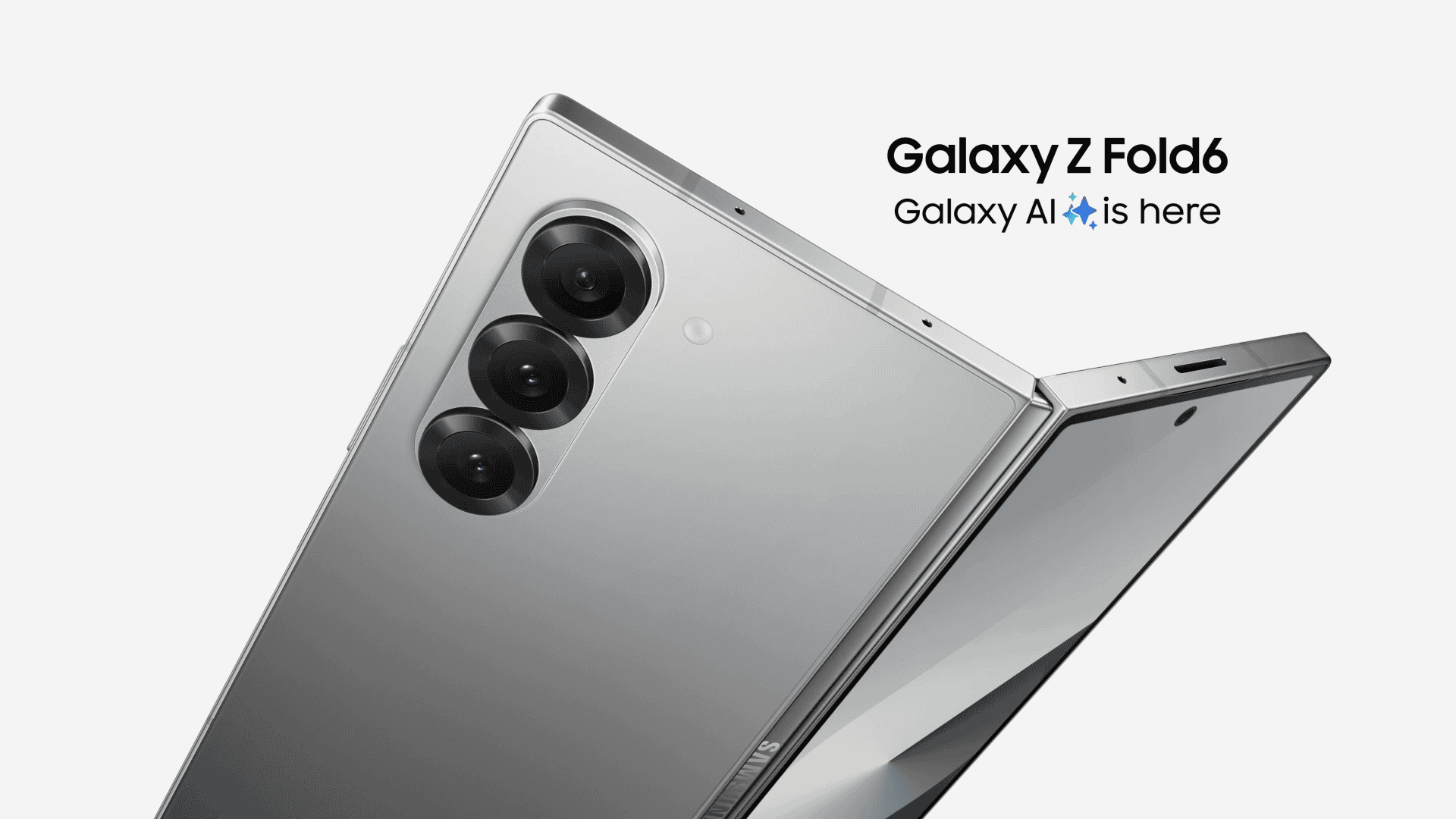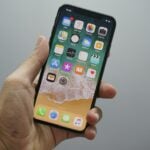Folding phones have evolved from futuristic novelties into mainstream tech powerhouses. In 2025, these dual-screen wonders are no longer just about bending screens—they’re about versatility, performance, and redefining what a smartphone can be. Whether you want a compact clamshell that fits in your pocket or a book-style foldable that transforms into a tablet, the options this year are more exciting—and competitive—than ever.
From Samsung’s dominant Galaxy Z lineup to cutting-edge entries from Google, OnePlus, Oppo, and Honor, foldables now cover a wide range of styles, price points, and use cases. This guide breaks down the top models you should consider and what makes each one stand out in a rapidly growing category.
Two Types of Foldables to Know
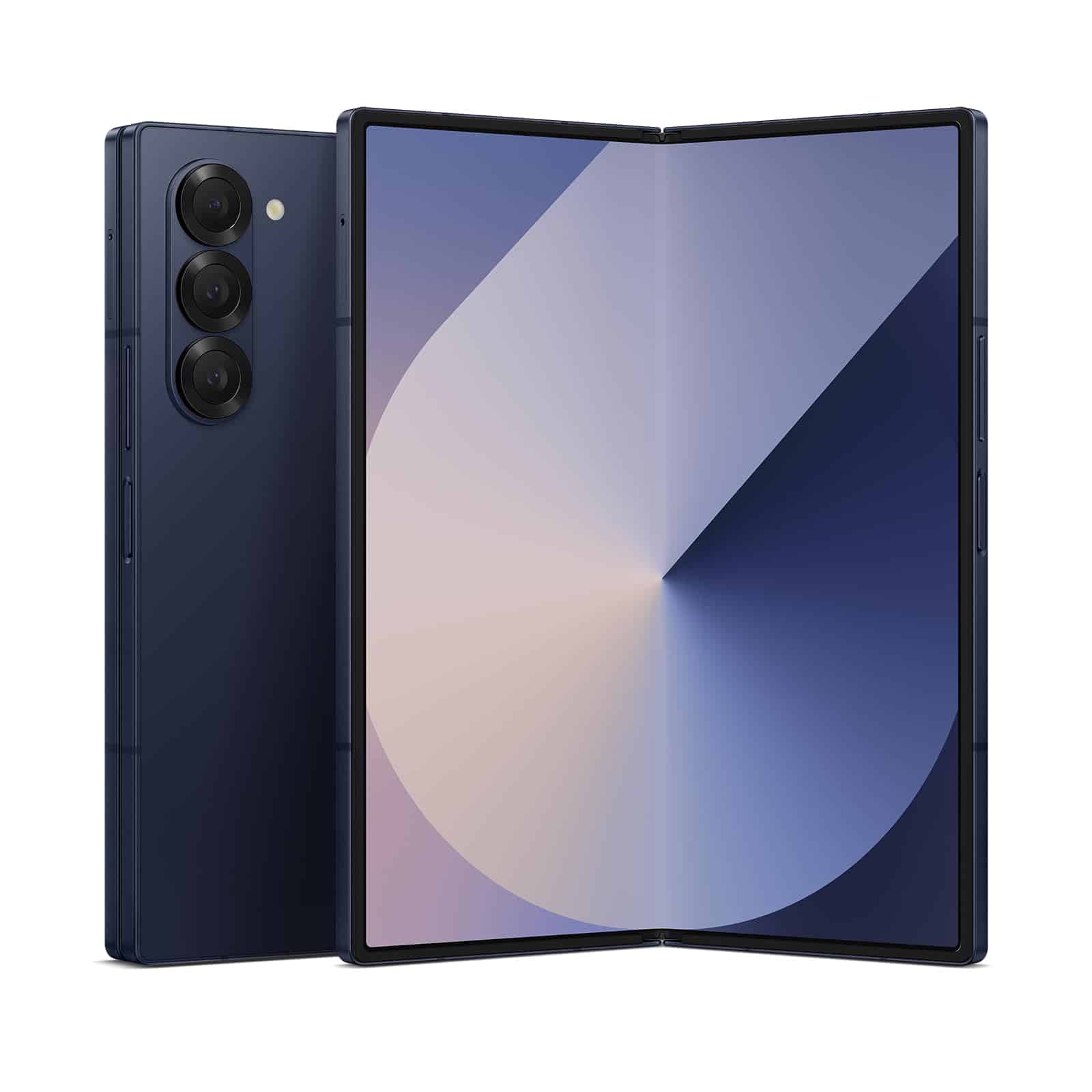
- Book-Style Foldables: These open horizontally to reveal a large tablet-like display. Examples: Galaxy Z Fold 6, Google Pixel 9 Pro Fold, OnePlus Open, Vivo X Fold 3 Pro.
- Clamshell-Style Foldables: These fold vertically, mimicking the classic flip phone. They’re compact, stylish, and pocket-friendly. Examples: Galaxy Z Flip 6, Motorola Razr+ (2024), Oppo Find N5.
Our Top Picks for 2025
| Model | Best For | Starting Price | Style | Screen Size (Unfolded) | Battery Life (Tested) |
|---|---|---|---|---|---|
| Samsung Galaxy Z Fold 6 | Best Overall | $2,019 | Book-style | 7.6 inches | 11h 30m |
| Motorola Razr+ (2024) | Best for App Continuity | $799 | Clamshell | 6.9 inches | 14h 37m |
| OnePlus Open | Best for Multitasking | $1,699 | Book-style | 7.8 inches | 10h 1m |
| Samsung Galaxy Z Flip 6 | Best Flip Phone | $1,067 | Clamshell | 6.7 inches | 12h+ |
| Google Pixel 9 Pro Fold | Best Camera | $1,799 | Book-style | 7.6 inches | ~11h |
| Motorola Razr (2024) | Most Affordable | $549 | Clamshell | 6.9 inches | 13h+ |
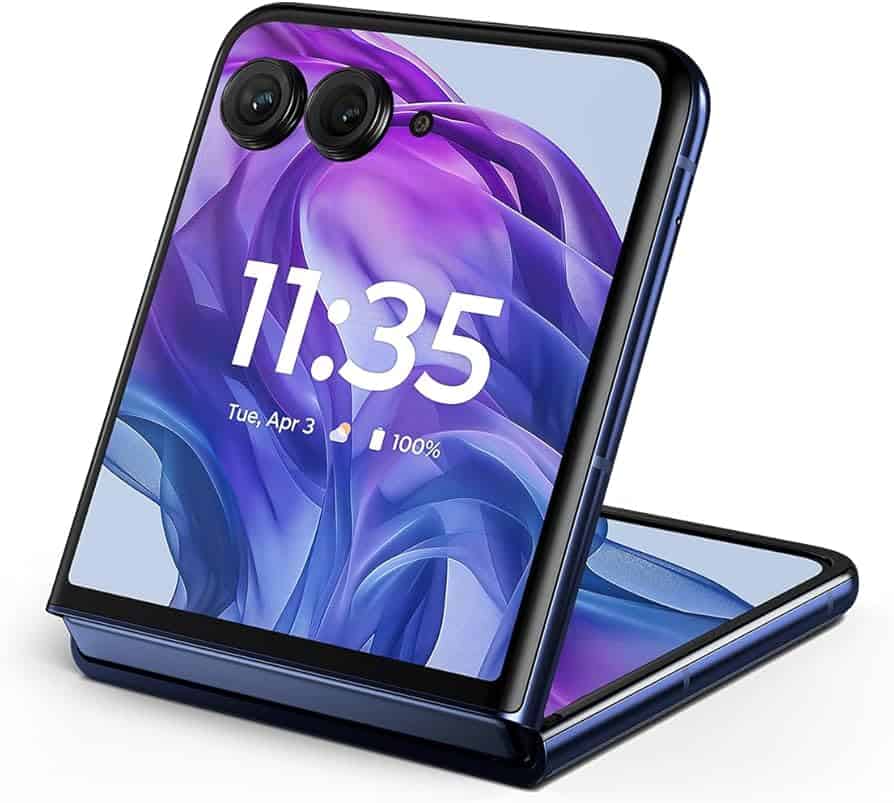
Notable Mentions
- Oppo Find N5 – Incredible crease-free folding design with a luxurious build.
- Honor Magic V3 – The thinnest book-style foldable yet with top-tier specs.
- Vivo X Fold 3 Pro – One of the lightest foldables, with powerful cameras and long battery life.
- Galaxy Z Flip 5 – Still a solid choice if you’re looking for a more affordable clamshell with great durability.
Buying Guide: What To Look For in a Foldable
1. Durability
- Samsung’s foldables are rated for 200,000 folds.
- Motorola Razr+ claims 400,000 folds—a record in the category.
- Look for water resistance (IPX8 for water; IP48 for dust resistance).
- Inner screens can’t use traditional hardened glass, but they are reinforced with ultra-thin glass and protective layers.
2. Software Adaptation
- Google’s Pixel Fold series excels in app continuity and multitasking.
- Samsung’s One UI enables up to 3 apps at once with floating windows.
- Motorola’s outer display allows nearly any app to run, unlike Samsung’s more limited cover screen apps.
3. Multitasking and Productivity
- Book-style foldables are productivity beasts—ideal for email, note-taking, and multitasking.
- The OnePlus Open is especially praised for its split-screen functionality and multitasking tools.
- Clamshells like the Razr+ offer quick access to notifications, maps, and even full apps without opening the phone.
4. Camera Capabilities
- Pixel 9 Pro Fold leads the pack in mobile photography, thanks to Google’s AI processing.
- Foldables are increasingly integrating flagship-level cameras, but still lag behind slab phones in certain scenarios due to design constraints.
What’s It Like to Use a Foldable Daily?
Using a foldable offers flexibility unmatched by regular phones. Want to binge Netflix on a tablet-sized screen? Open it. Need to take a call or snap a quick selfie? Use the cover screen. However, the experience varies widely by brand:
- Samsung emphasizes productivity and S Pen use.
- Motorola focuses on outer screen usability.
- Google prioritizes seamless software integration.
- OnePlus stands out with hardware quality and refined multitasking.
What About That Crease?
It’s still there—but far less noticeable. The Oppo Find N5 almost eliminates the crease entirely with a water-drop hinge. Samsung and others have made great strides in making it shallower and less distracting in daily use.
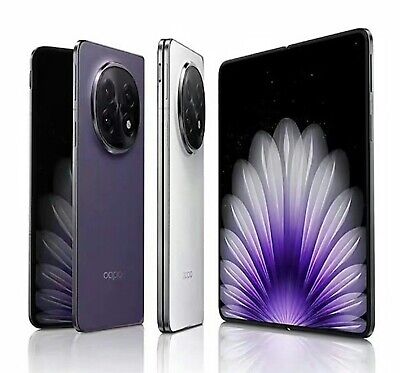
The Future of Foldables
- Thinner Designs: Expect slimmer devices with reduced bezels.
- Foldable iPhone? Still a rumor, but Apple is reportedly testing prototypes.
- New Concepts: Samsung teased a dual-hinge phone and a rollable screen at Mobile World Congress.
- More Affordable Options: Foldable “FE” models may arrive in late 2025.
When Should You Buy?
- Samsung typically releases new foldables in July–August.
- Google launched the Pixel 9 Pro Fold in August.
- OnePlus isn’t expected to refresh the Open until 2026.
- There’s no “bad” time to buy—as long as the phone you want fits your needs and is still supported.
Key Takeaways
- Folding phones in 2025 are more durable and usable than ever before, with better hinge systems and IP ratings.
- Clamshell foldables are compact and stylish, while book-style foldables cater to productivity and multitasking.
- Samsung’s Galaxy Z Fold6 and Z Flip6 dominate, but competition from OnePlus, Google, and Honor is heating up.
Top Folding Phones of 2025
Foldables are no longer experimental—they’re practical. And with fierce competition among manufacturers, 2025’s lineup proves that these devices are here to stay. Whether you’re after the power of the Galaxy Z Fold 6, the compact genius of the Razr+, or the multitasking muscle of the OnePlus Open, there’s a foldable for nearly every kind of user this year.
Samsung Galaxy Z Fold6
The Galaxy Z Fold6 offers a refined book-style foldable experience with a brighter, more durable 7.6-inch AMOLED display and a wider front screen for easier one-handed use. It runs on the Snapdragon 8 Gen 3 chip and supports S Pen functionality, perfect for creatives and multitaskers.
Specs:
- Form Factor: Book-style
- Main Display: 7.6″ QXGA+ AMOLED, 120Hz
- Cover Screen: 6.3″ AMOLED
- Processor: Snapdragon 8 Gen 3
- Water Resistance: IPX8
Samsung Galaxy Z Flip6
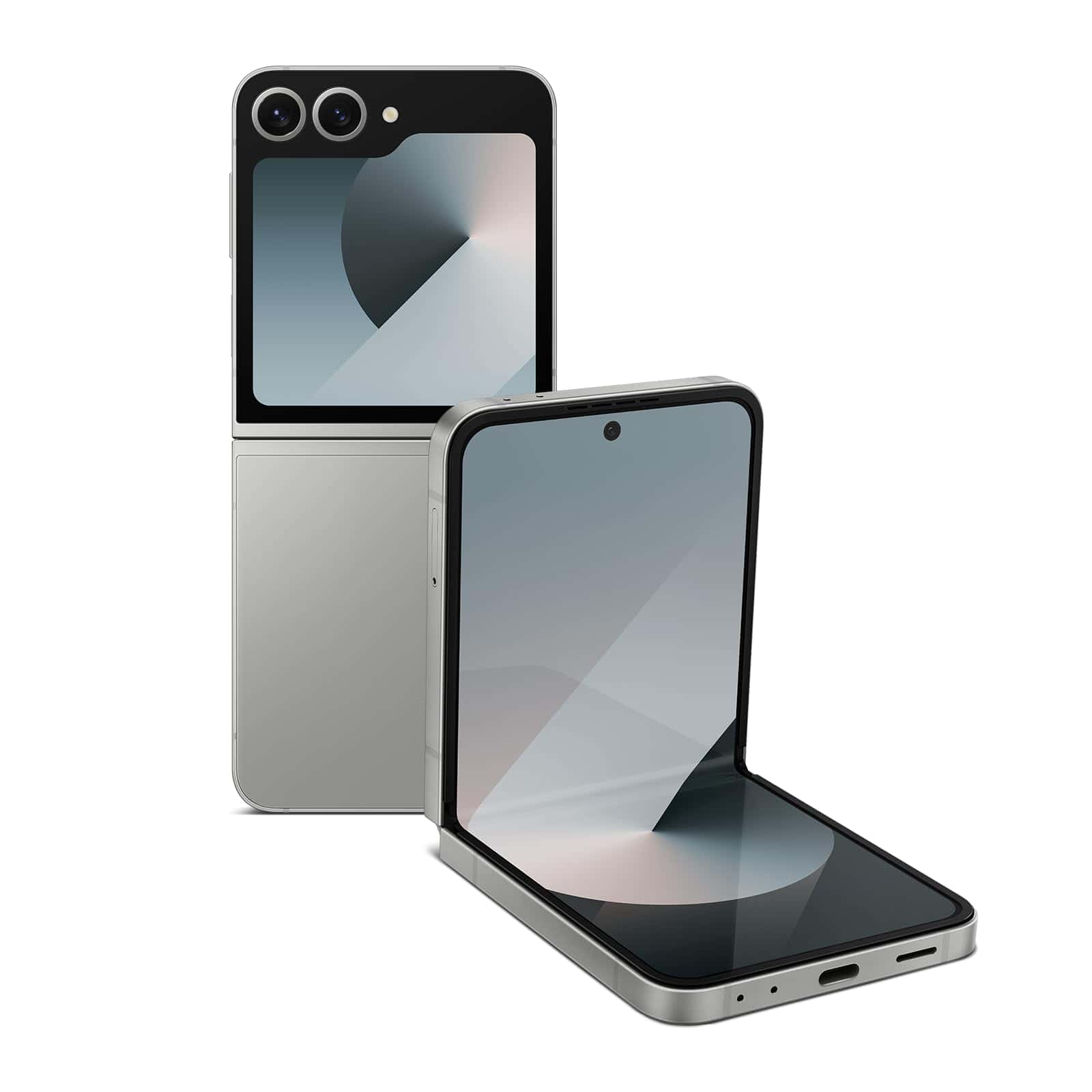
The clamshell-style Galaxy Z Flip6 delivers flagship power in a compact form. It features a 6.7-inch AMOLED main display and a larger, more functional cover screen for quick replies, selfies, and widgets. The improved hinge and a new 50MP main camera make this the most polished Flip yet.
Specs:
- Form Factor: Clamshell
- Main Display: 6.7″ AMOLED, 120Hz
- Cover Screen: 3.9″ AMOLED
- Processor: Snapdragon 8 Gen 3
- Camera: 50MP main + 12MP ultrawide
OnePlus Open
The OnePlus Open is a book-style foldable with ultra-thin bezels and a near crease-less 7.8-inch display. Its Hasselblad-tuned camera system gives it an edge for photography lovers. With a lightweight build and a fast-charging 4800mAh battery, it’s a compelling Galaxy Fold alternative.
Specs:
- Form Factor: Book-style
- Main Display: 7.8″ AMOLED, 120Hz
- Cover Screen: 6.3″ AMOLED
- Processor: Snapdragon 8 Gen 2
- Charging: 67W fast charging
Google Pixel Fold
Google’s first foldable, the Pixel Fold, prioritizes software finesse over hardware flash. With its Pixel-exclusive AI features, excellent cameras, and seamless Android experience, it’s the go-to for those wanting smart, consistent performance in a folding form.
Specs:
- Form Factor: Book-style
- Main Display: 7.6″ OLED
- Cover Screen: 5.8″ OLED
- Processor: Google Tensor G2
- Camera: Triple-lens with Pixel-grade computational photography
Motorola Razr+ (2024)
The Razr+ continues Motorola’s legacy of stylish clamshells with the biggest outer display in its class. It’s slim, lightweight, and perfect for social media, selfies, and daily use, with full apps available on the 3.6-inch cover screen.
Specs:
- Form Factor: Clamshell
- Main Display: 6.9″ pOLED
- Cover Screen: 3.6″ pOLED
- Processor: Snapdragon 8+ Gen 1
What’s Next for Foldables?
As the foldables category matures, we’re seeing improvements in battery life, crease reduction, camera quality, and ecosystem integration. Expect more foldables with stylus support, PC-like multitasking features, and under-display cameras. Apple is still absent from this space, but rumors suggest they’re watching closely.
2025 may also bring rollable phones into the conversation, offering new form factors that can expand and contract on demand. But for now, folding phones remain the pinnacle of smartphone innovation—and the options listed above represent the very best of what’s available today.

